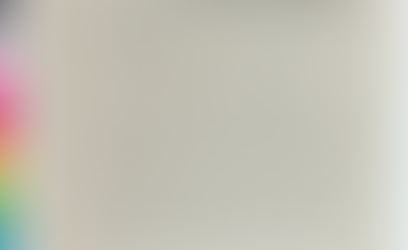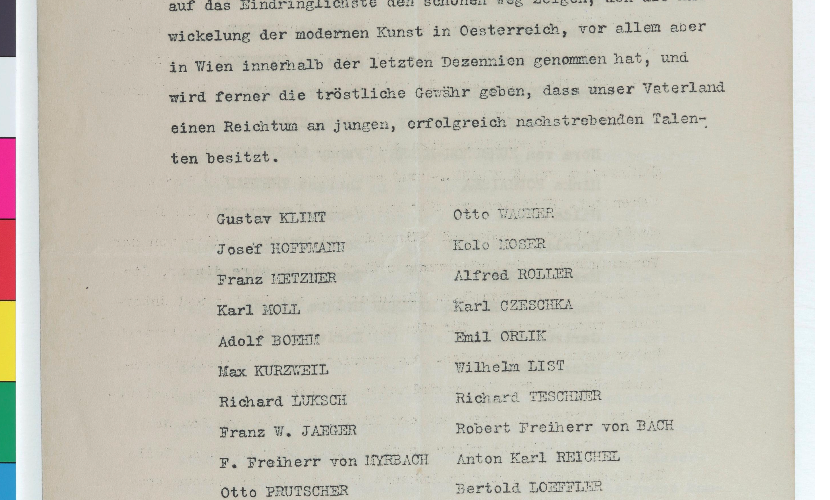Robert Bach
- emiliemalmgren
- Apr 30
- 5 min read
Robert Bonaventura Michael Wenzel Freiherr von Bach (1864-1927) was born on the 20th of March 1864 and was baptised in the St. Stephen’s Cathedral on the 2nd of April. We know very little about his mother Maria Theresia Kolisko (1837-1922). Her father worked as a lawyer in the imperial court of Vienna which is how she might have met Robert's father Dr. Heinrich Joseph Freiherrn von Bach (1835-1915) who came from a renowned family of lawyers who had worked at the imperial court for generations. Heinrich’s brothers were also lawyers, the most famous being Alexander Freiherr von Bach, who played a crucial role in the 1848 revolution. Heinrich, like his brother the composer Otto Bach (the father of Robert’s future wife Lenore), had a passion for music and composed under the synonym Heinrich Molbe.

Robert grew up to continue the family traditions: he studied law in Vienna, worked in the foreign ministry of the imperial court and played the violin, according to family myth, alongside members of the Vienna Philharmonics. Robert was also passionate about painting but we have yet to find sources about his artistic education.
In 1890, Robert married his cousin Lenore Bach and during the next 13 years, they had four daughters: Therese, Katharina (Käthe), Maria and Henriette. In 1893, Robert and Lenore received a significant inheritance from their uncle Alexander von Bach, allowing Robert to quit his job in the ministry and focus on running the estates and developing his art practice.

Robert’s oeuvre consists of oil paintings, woodblock prints and designs for stained glass windows. His style is typical of Jugendstil Vienna, experimenting with colour, form and brush strokes, and calls to mind the paintings of Carl Moll, a good friend of the Bachs, as well as the graphic designs of the Klimt group. The connection to the group surrounding the Vienna Secession is perhaps no wonder, when looking at Robert’s publication and exhibition history.
In 1902, Robert was part of the group of artists who published their work in the seminal design periodical Die Fläche (The Surface). His design Vogel (Bird) for a stained glass window was used as an ad by the US printing ink factory Ault & Wiborg along with several other designs from Die Fläche - whether any of the artists approved of the usage or received any remuneration is uncertain.
In 1903, Robert published the woodblock prints Kreuzweg aus Heiligenkreuz and Portrait, seen below, in the periodical Ver Sacrum, connected to the Secession and the Klimt group, both of which are now in the collection of the Albertina Museum in Vienna.
In 1904, he exhibited the painting Weib mit Stier (Woman with bull), now considered lost, in the Secession. In 1905, he returned to the Secession, this time exhibiting two paintings both entitled Kinderkopf (Child’s head), depicting two of his daughters.
In 1906, Robert was part of a group, who named themselves Die Jungen (The young ones), as they exhibited at the Galerie Miethke. The group consisted of former students of the Kunstgewerbeschule (the School of Arts and Crafts), known today as the University of applied Arts, and especially of the former students of Professor Alfred Roller. Turning 42 in 1906, Robert could hardly have been called young, and we have found no proof that he was ever enrolled at the Kunstgewerbeschule. His work nevertheless received a very good review by the revered art critic Ludwig Hevesi:
“Baron Robert Bach is a true colourist who indulges in symphonies of absolute colour. A girl with a cat walks in the most fiery red, accompanied by delicate counter-colours, and two ball scenes with suggestive figures whose clothes seem to be pure colour - these are brilliant colour experiments.”

Even if Robert was no student of Alfred Roller, it’s clear that they knew each other and moved in the same circles. In 1908, a group of artists sent a petition to the government asking for funding for artists who did not belong to an artists’ association. The letter suggests an exhibition, which would become the famed Kunstschau 1908. Robert is one of the signees, alongside the canonical figures Gustav Klimt, Josef Hoffmann, Otto Wagner, Kolo Moser and Alfred Roller. Many of the female figures, who systematically were emitted from the narrative of Vienna 1900, also figure, notably Milewa Roller, Elena Luksch-Makowsky, Rosalia Rothansl, Adele Stark and Jutta Sicka. Most of the signees exhibited at the Kunstschau 1908, but for unknown reasons, Robert did not participate. The petition is kept in the archive of the Secession and is an important document showing the network Robert was part of and underlining his artistic and political engagement in his contemporary art scene.
From the late 1890s through 1910, Robert and Lenore Bach were famous for their Sunday salons, hosting the artists, composers and musicians from Vienna’s avant-garde, which further cements the position of the Bachs in the artistic network of the time. If you are interested in a more detailed account of the Sunday salons, please have a look at the blog post on Lenore Bach.
The sources of Robert’s life in the 1910’s and 1920’s are very scarce. Perhaps, the events of the first world war made him less inclined to exhibit or maybe he gradually withdrew from society because of illness. As we transcribe and digitise the documents in our archive, we hope to find out more about his later years. Robert died from cancer in 1927, just 62 years old, leaving his estate to be divided between Lenore and their four daughters.

Sources:
Bernhard Denscher. (2024). „Die Fläche“ in den USA. Austrian Posters. https://www.austrianposters.at/2024/08/31/flaeche/
Die Vereinigung Bildender Künstler Österreichs Secession. (1904). XX. Ausstellung bildender Künstler Österreichs Secession ׀׀׀ Wien März ∙ April ∙ Mai ∙ 1904. Holzhausen. https://digitale-bibliothek.belvedere.at/viewer/!metadata/1413901313808/20/LOG_0010/
Die Vereinigung Bildender Künstler Österreichs Secession. (1905). XXIII. Ausstellung der Vereinigung bildender Künstler Österreichs, Secession Wien, März - Mai 1905. https://hauspublikationen.mak.at/viewer/image/AC02229725_23/5/
Hevesi, L. (1906). Aus dem Wiener Kunstleben. In A. Von Skala (Ed.), Kunst und Kunsthandwerk: Monatszeitschrift IX (pp. 732–733). https://hauspublikationen.mak.at/viewer/image/1354631556031_0001/1/
Hillenbrand, M. (2020). Heinrich Molbe (1835-1915). Klassika. https://www.klassika.info/Komponisten/Molbe_Heinrich/index.html
Hoffman, J., Moser, K., Von Myrbach-Rheinfeld, F., & Roller, A. (Eds.). (1902). Vogel [Entwurf für eine Bleiverglasung] von Robert Freiherr von Bach. In Die Fläche I (p. 17). Anton Schroll. https://sammlung.mak.at/de/collect/vogel-entwurf-fuer-eine-bleiverglasung-von-robert-freiherr-von-bach_286824
Hoffman, J., Moser, K., Von Myrbach-Rheinfeld, F., & Roller, A. (Eds.). (1903). Entwurf für Bleiverglasung [Hahn] von Robert Freiherrn von Bach. In Die Fläche I (p. 62). Anton Schroll. https://sammlung.mak.at/de/collect/entwurf-fuer-bleiverglasung-hahn-von-robert-freiherrn-von-bach_287164
Robert Bach: Porträt - Selbstbildnis, im Hintergrund Baden mit Schloss Leesdorf, welches Bach 1897 erworben hat. (n.d.). ALBERTINA Online. https://sammlungenonline.albertina.at/?language=de#/query/ae4f36df-8d69-4f0c-95bf-4c94678111d7
Robert von Bach: Kreuzweg aus Heiligenkreuz. (n.d.). ALBERTINA Online. https://sammlungenonline.albertina.at/?language=de#/query/fbe16457-2131-40c6-97a7-7f803d9121a3
Ver Sacrum. (1903). Ver Sacrum. In Ver Sacrum (Jahrgang 6, Heft 17). https://hauspublikationen.mak.at/viewer/image/Ver_sacrum_1903_6_17/1/LOG_0003/
Wien Geschichte Wiki. (n.d.). Alexander von Bach. https://www.geschichtewiki.wien.gv.at/Alexander_von_Bach
















